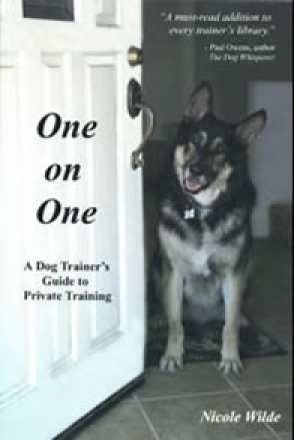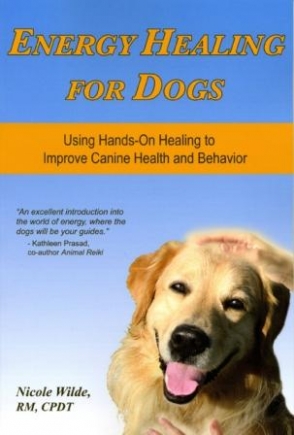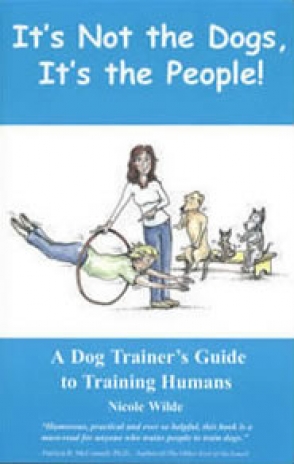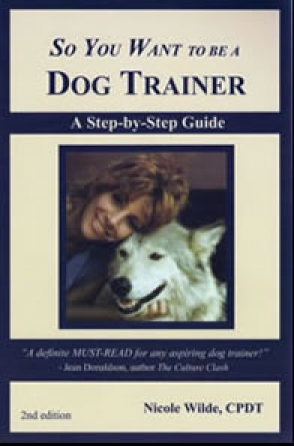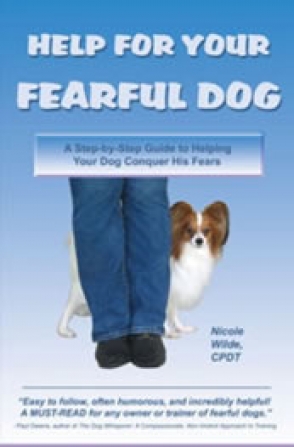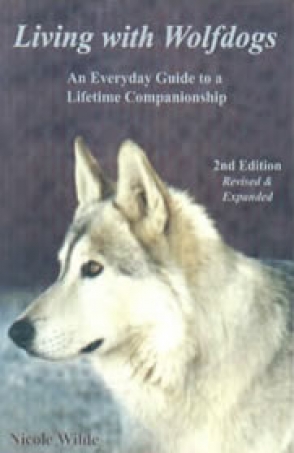Have you always wanted to do private training, but didn't know how to go about it? This guide is like having a friend explain it all. You'll start with exercises to assess your current skills, learn about sales and scheduling, and view sample phone scripts.
Soko's Addiction
I have a confession: Soko, my German Shepherd who passed away last April at the age of 13, was an addict. Yes, friends, if she could have stood on a dog house in a yard filled with her canine peers, she would have barked out, “My name is Soko and I am a tennis ball addict.” No doubt the malamutes would have woo-woo’d a warm, “Welcome, Soko!” The other Shepherds would have nodded knowingly. The Border Collies, of course, would simply have stared.
Many German Shepherds are tennis ball addicts, although the proclivity is certainly not exclusive to the breed. Soko’s habit took form when she was a mere pup. Responsible dog-parents that we were, my husband and I wanted to provide plenty of mental stimulation and exercise. There were enticing chew items, rubber toys, tug toys, sheepskin-covered fuzzies and, of course, tennis balls. Soko liked the chew toys well enough; after all, what fur-kid doesn’t appreciate a well-stuffed Kong? But nothing ever seemed to thrill her. That all changed the day we tossed the tennis ball. Soko’s eyes lit up; her tail wagged wildly; she virtually levitated with joy. From the very first fling, she was hooked!
An instant addict, Soko craved the ball. She had to have it as much and as often as possible. And we, doting dog-parents that we were, became her enablers. It started innocently enough with a toss here, a throw there. Playing ball was good exercise, and made everyone happy. But Soko began to carry the object of her affections with her constantly. It was like Linus of the Peanuts cartoons with his security blanket. We thought it was cute, and allowed her to do it. I joked that we would bury her with that ball in her mouth.
Many years later, we noticed that Soko’s teeth were looking worn. Someone even asked whether I had had them filed down by a vet! Now, there are people who actually have their dogs’ teeth filed down under the mistaken assumption that it will stop aggression—a ridiculous, completely inhumane thing to do, not to mention that a dog can still do quite a bit of damage even with filed teeth—of course we hadn’t done that. But her teeth did look that bad. Imagine what a rotten dog-mom I felt like when I realized it was Soko’s beloved tennis balls that had caused the damage. After that, we no longer indulged her green, fuzzy obsession unless we were playing with her. And we tried to substitute other balls for her to carry around. I believe the accurate canine-to-English translation of her response was, “Talk to the paw! Where’s my #%@# tennis ball?”
The problem with tennis balls is that the green, felt-like material that encases the plastic ball is very abrasive. I suppose it has to be in order to bounce well on tennis courts. Ironically, my mother, who is 84 this year, still plays tennis two hours a day—so perhaps an addiction to tennis balls runs in my family.
Nowadays when I go to a training client’s home and spot a tennis ball among the dog’s toys, I am sure to caution them about the potential for worn teeth, lest their dogs get “tennis-ball mouth,” as the result of this nefarious addiction has been called. Like any other addiction, it’s always a good thing when the experience of one can prevent it from happening to others. I consider spreading the word part of Soko’s legacy of community service.

